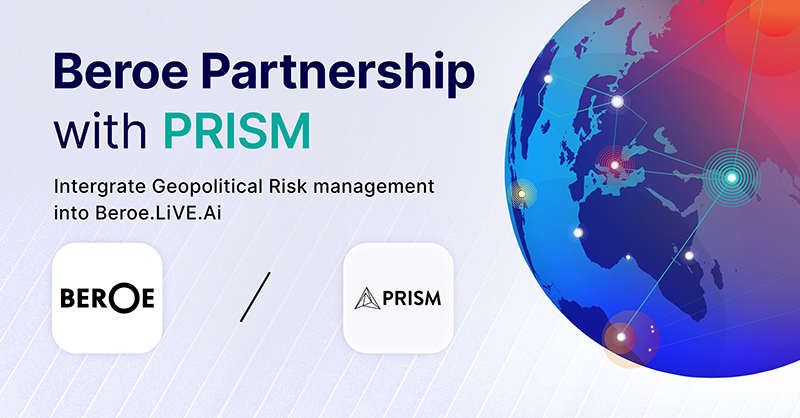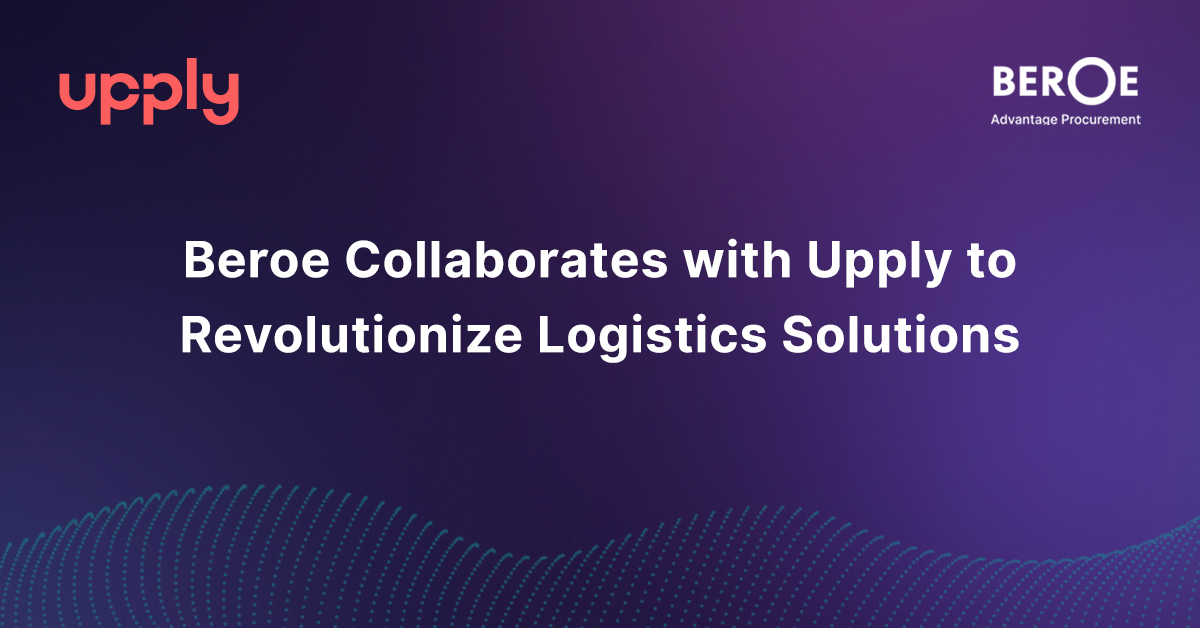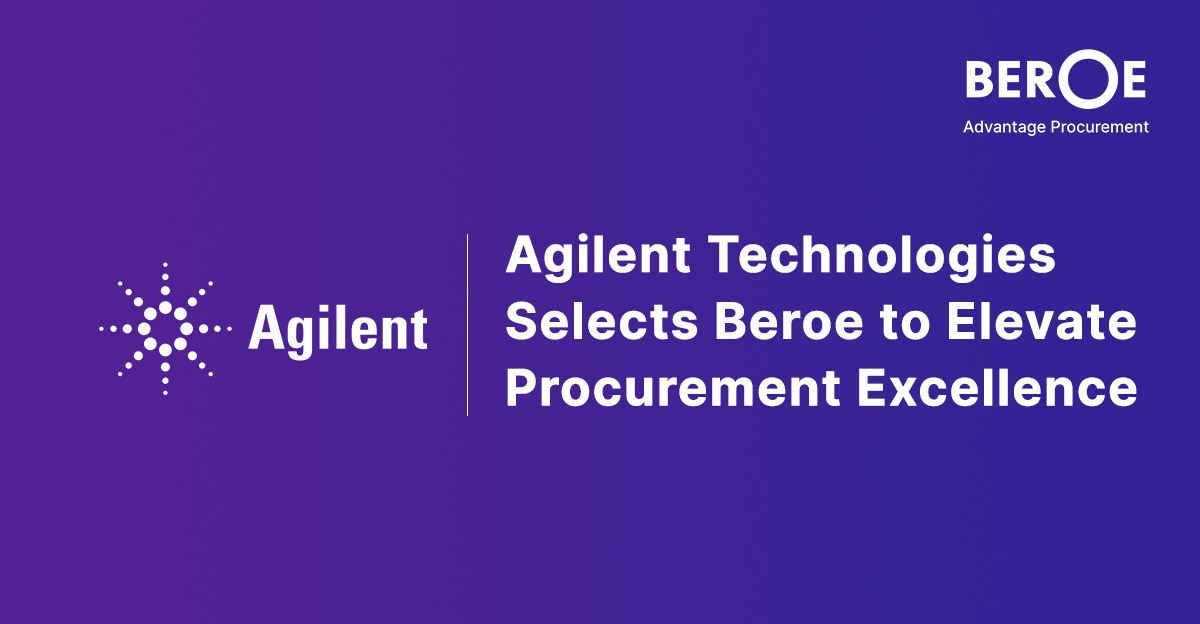The Future Of Learning: Top Five Trends For 2020
Source: Forbes
We’re just a few months into the new decade, and it’s abundantly clear that learning and development (L&D) will continue to top corporate agendas in 2020 as businesses adapt to the ways that their employees prefer to learn. Employee ranks are increasingly composed of Generation Z, who are just entering the workforce, and millennials — all who have grown up as digital natives. And, in a Deloitte survey, 90% of respondents said their organizations were redesigning jobs, and a tight labor market will make it imperative for them to ensure that existing employees and learners are more engaged and can evolve with the company.
For these reasons, Deloitte found that improving L&D is a critical initiative to 86% of companies. And the World Economic Forum reported that more than half of all employees will require reskilling or upskilling to address the changing requirements in their jobs over the next three years.
The global market for L&D is expected to reach $446.1 billion this year, according to procurement intelligence firm Beroe Inc. As a veteran on the front lines of learning and development and human capital management, these are the five predominant trends I see fueling much of this growth.
1. The Rise Of Capabilities Over Skills
There is a shift underway in which cutting-edge learning teams are moving away from the end goal of developing skills in favor of employees focusing on developing the capabilities they need to do their jobs, according to Josh Bersin, an expert in enterprise learning and talent management.
Instead of acquiring finite skills, learning will address the role individuals play in the overall business and its outcomes. Historically, skills are taught in a traditional learning management system (LMS) and assessed using tests. The learning team then must try to make a tenuous correlation between learning completions, assessment scores, learning retention and job performance.
In contrast, the new focus on capabilities brings learning out to the employee on the job and in the field. Capabilities are developed by providing shorter, structured learning courses and microlearning that is available anytime, anywhere, on any device. This approach enables the learner to search for content they need, learn something in real time on the job and immediately apply what they’ve learned. Then the skills are reinforced through their ability to practice what they learn and refer back to the learning system when they need help. This approach ties learning directly to the workers’ abilities to perform their jobs and to produce business outcomes.
2. Content Is Still King, But Focus Is Key
Companies track mission-critical content outside of their LMS and move it to systems that help them run the businesses, which requires learning and operations teams to form critical partnerships. This can be a challenge, given there are often more than 20 different learning-related solutions in use at a single organization.
Now more than ever, it’s vital to have a single source of truth, and it’s no longer the LMS. Companies are seeking new and better learning platforms that serve as the central repository for content of all types — from traditional operations manuals and training guides to photos, videos, quizzes and an explosion of proprietary content — that can be used and repurposed across the organization.
3. Learner Experience Takes Center Stage
There will be a shift from integrated talent management offerings to learning solutions that actually work and are available when and where employees needs them.
Today, 80% of the workforce is composed of deskless workers, yet not all content is designed for mobile learning. Making content mobile is critical for employees who want to quickly and easily search a topic, find the documents or videos they need to answer questions at the moment they need them, and then use that knowledge to become more proficient in their job.
Modern learning platforms have become more centered around building, curating, distributing and measuring the use of content that is designed to go mobile and deliver a superior learner experience optimized for the needs of modern workers and "digital nomads."
4. Learning In The Flow Of Work
One of the biggest frustrations about learning in the workplace is the amount of time that employees — and sometimes managers — feel they’re wasting in a traditional learning or talent system. Employees just want to get work done, and do it right. In fact, a recent study by CEB (a division of Gartner) noted that 57% of employees expect just-in-time learning to ensure they’re proficient in their jobs.
Modern learning platforms will be designed to eliminate wasted time and let employees learn in the flow of work. Tying into the enhancements in learner experience, employees will take advantage of just-in-time learning, which will enable them to improve efficiency and gain new capabilities with hands-on, just-in-time and just-for-me information.
5. Operational Learning Will Emerge
Most companies have focused on corporate training, traditionally part of the L&D function that focuses on hard and soft foundational and technical skills, policies and ethics. While this training is important, it usually does not cover the mission-critical company content — or operational learning — about new product features, maintenance, ecosystem training and standard operating procedures that are the domain of business lines.
Unlike corporate training, operational learning can often be inaccessible when needed, with a significant amount of content trapped in paper binders, PDFs, recorded webinars or PowerPoints, discussed during conference calls or limited to microlearning.
There is a bigger need for better role-based knowledge to ensure higher performance, according to Aragon Research, which noted how enterprises need to examine two intersecting trends: the need for learner-centric engagement, and the need to train their people and customers in a more holistic fashion. Companies will increasingly be able to unlock this valuable competitive intelligence by aligning their L&D organization with operational learning that resides either within lines of business or with subject matter experts.
Related News
View all
Beroe introduces on-demand geopolitical risk analysis through PRISM enabling C-Suite to protect against ongoing supply chain disruptions

Beroe and Upply Combine their Expertise to Revolutionize Logistics Solutions
